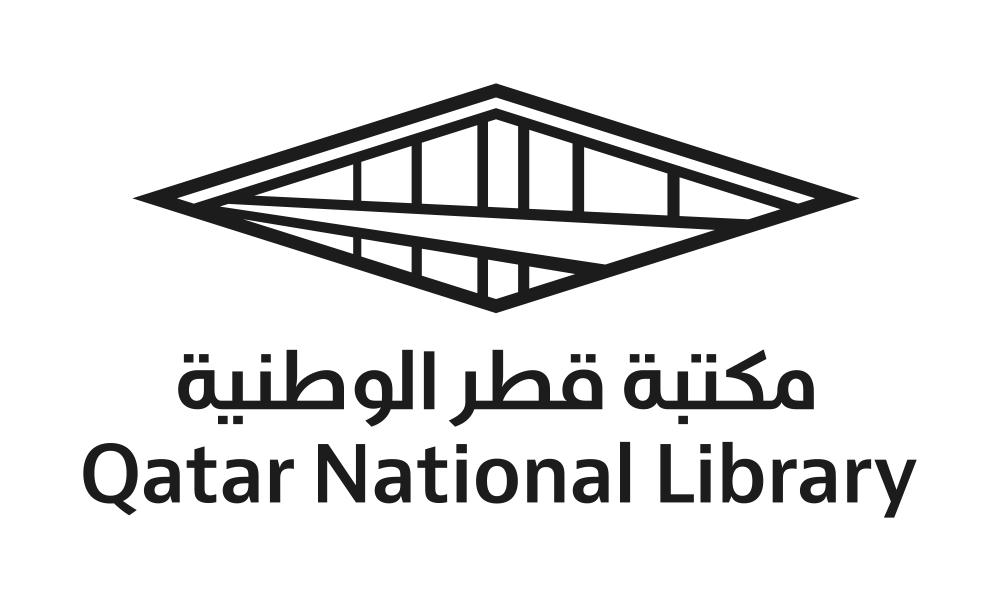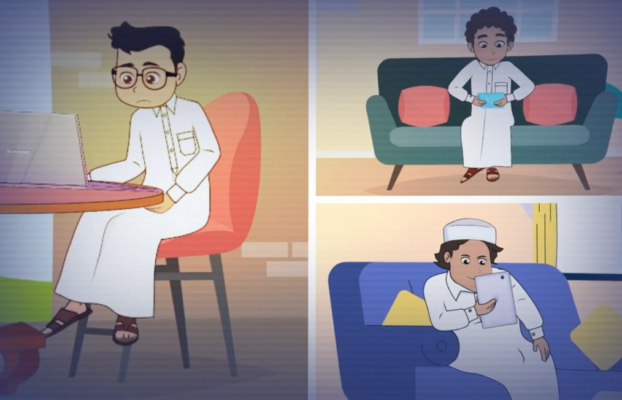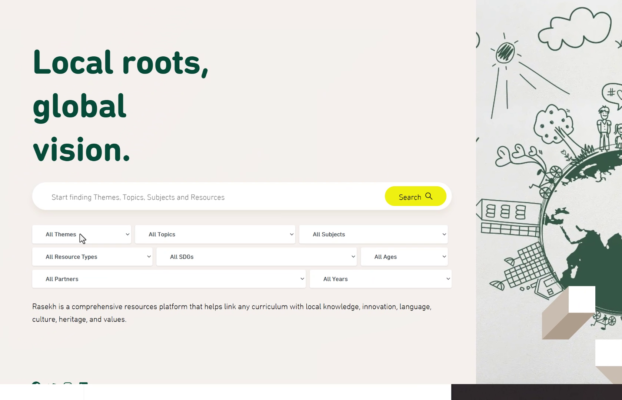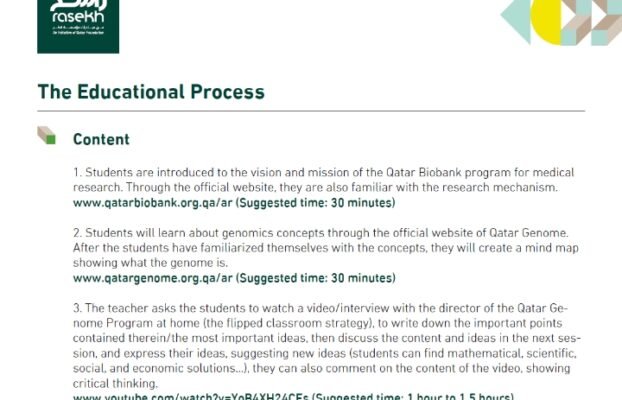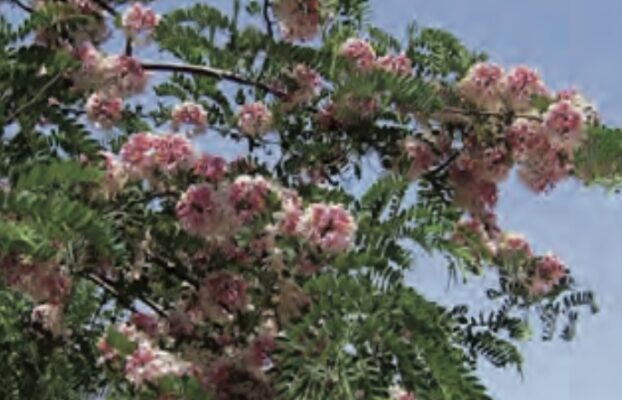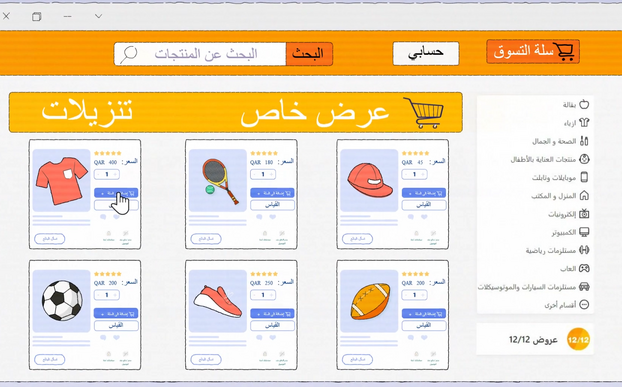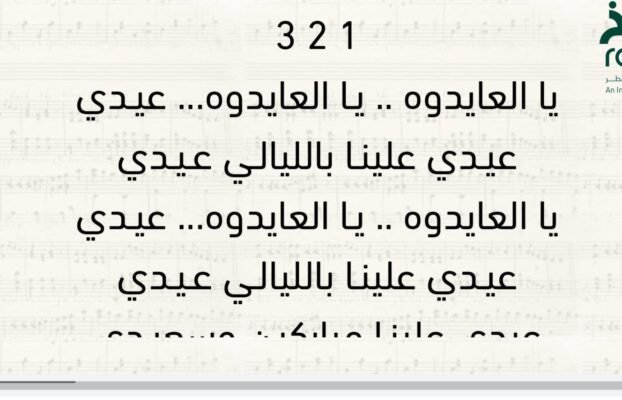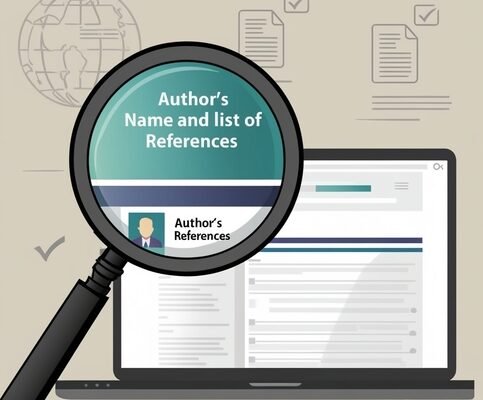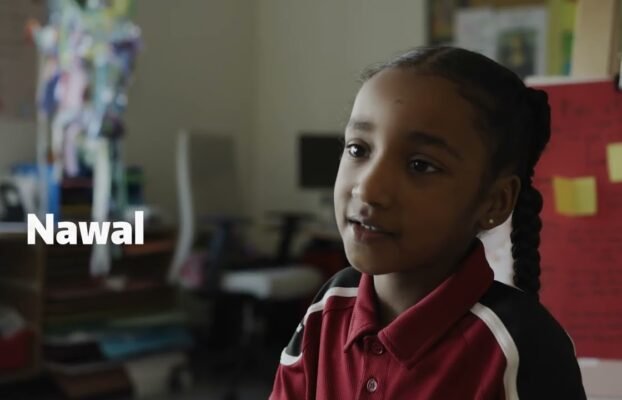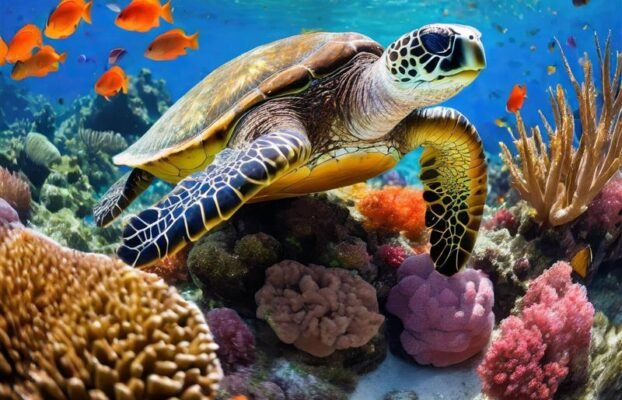Qatar’s Past, Present and Future in Football
Qatar’s Past, Present and Future in Football
-
Sustainability
QNV 2030: Qatar National Vision 2030
-
Resource Plan
-
SDG 7: Affordable and Clean Energy
-
14 - 15 years
-
Language(s), Physical, Qatar History, Visual Arts
-
Resource ID: 15462
- Share Feedback Embed Resource
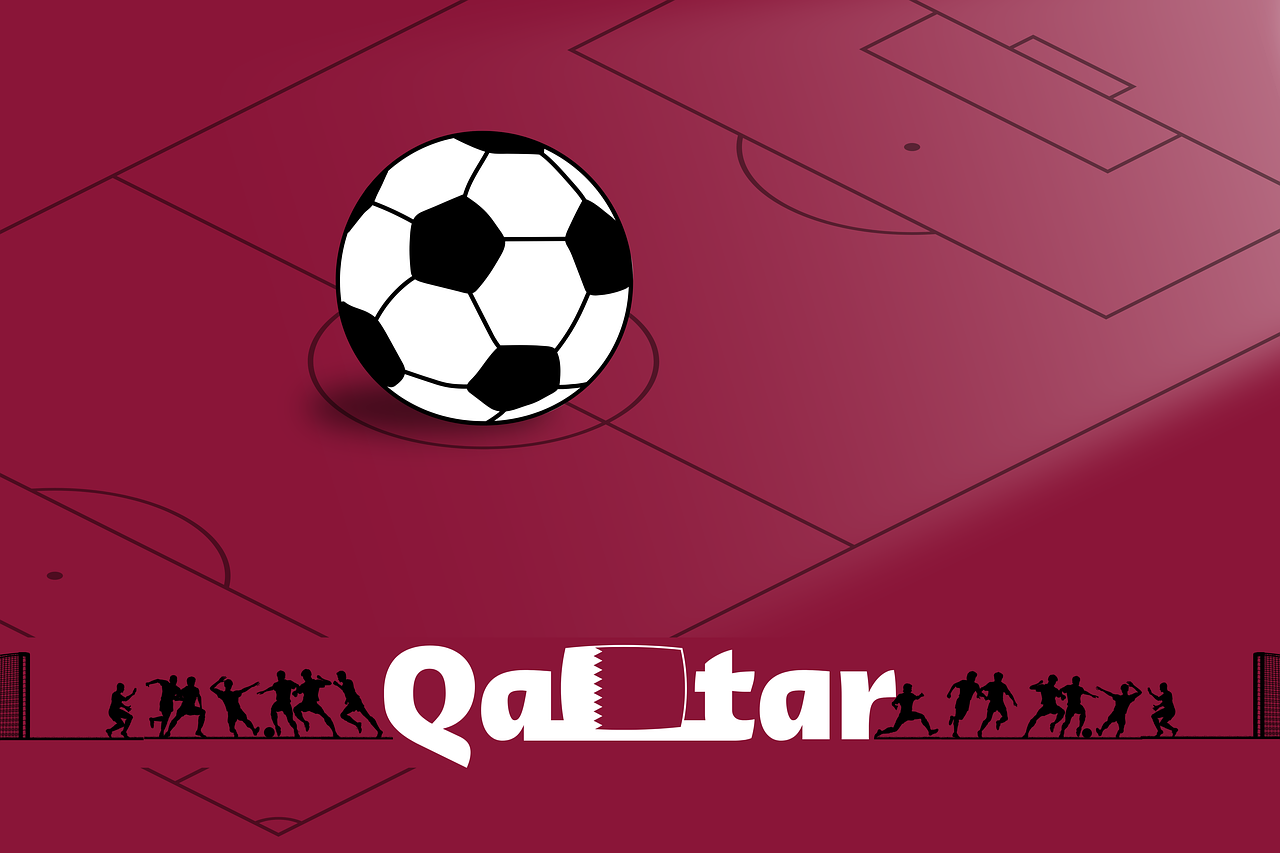
Overarching Goal(s)
- To nurture learners as global citizens who are connected to their own national identity.
- To support learners who think globally and act locally, and who think locally and act globally.
Learning Outcomes
- Learners consider, contrast, and compare their local heritage and identity within the context of global issues with local impact, and local issues with global impact.
- Learners reflect upon global complexities and how this creates an impact on their lives within real life situations.
Possible Duration (Hours)
9-10 hours
Qatar National Vision 2030 Connection
Qatar National Vision 2030: The students will understand how the economic, environmental, human, and/or social development pillar QNV 2030 vision aligns with the success of the FIFA World Cup Qatar, 2022.
English: https://www.gco.gov.qa/en/about-qatar/national-vision2030/
Arabic: https://www.gco.gov.qa/ar/about-qatar/national-vision2030/
Source: Government Communications Office (2023). Qatar National Vision 2030. [online] Government Communications Office. Available at: https://www.gco.gov.qa/en/about-qatar/national-vision2030/
Sustainable Development Goals (SDGs) Connection
SDG 7: Clean Energy – Energy efficient stadiums
SDG 8: Decent work and Economic Growth
SDG 11.4: Strengthen efforts to protect and safeguard the world’s cultural and natural heritage
The 17 Sustainable Development Goals, United Nations
English: https://sdgs.un.org/goals
Arabic: https://sdgs.un.org/ar/goals
Source: United Nations (2024). The 17 Sustainable Development Goals. [online] United Nations. Available at: https://sdgs.un.org/goals
Action Learning Outcomes
- Learners discuss, evaluate, and plan student-initiated activities.
- Learners develop international-mindedness through glocalized engagements, multilingualism and intercultural meaning.
- Learners become more aware of their own strengths and areas for growth.
- Learners work collaboratively with others.
- Learners consider the ethical implications of their actions.
Content
The content of the lesson tool includes identifying the chronological timeline of FIFA world cup events held,
National World, Qatar FIFA World Cup by researching; creating a presentation on the Past, Present and Future of Football focusing on highlights on Qatar FIFA World Cup and how it helped develop the decent work, economic growth and safeguarded Qatar’s culture and heritage. Researching and presenting the past, present and future of football in Qatar, highlighting the FIFA World Cup Qatar 2022.
Resource Utilization and Identification: Locating the information available from Qatar National Library resources.
Subject Matter: Researching, languages, physical; health education, and Qatar History on football and FIFA World Cup 2022, past, present and future.
Glocalization Connections: Connect the significance timeline of football in Qatar and cultural and sustainable significance of FIFA World Cup 2022 and beyond.
Differentiation: Choice of presentation and agency to using Arabic or English language.
Critical Thinking: Encourage students to critically analyze and interpret the sustainable and cultural significance of FIFA World Cup 2022, considering its potential local and global influence.
Real-world Application: Discuss how understanding the history of Qatar’s football can promote local, national and intercultural understanding.
Strategies
The strategies employed in this lesson tool are designed to foster analyzing, critical thinking, inquiry, collaboration, and innovative engagement. They include visible thinking routines, responsive pedagogy, and problem-solving approaches to adapt to students’ needs and encourage active participation. Students apply meaningful learning experiences that connect to local culture.
Responsive and Adaptive Pedagogy: Adjust the pace and level of guidance based on student responses and engagement, considering the presentation styles.
Visible Thinking Routines: Implement the “KWL chart” routine to stimulate critical thinking and discussion. Encourage students to utilize what they already know, and what they want to find out more about; to extend their knowledge to learn new information.
Inquiry: Encourage students to inquire about how football developed in Qatar; The FIFA World Cup 2022, and safeguard its cultural significance of fostering sustainable development goals.
Collaboration: Facilitate a class discussion forum where students can share and compare their findings, promoting collaboration and the exchange of diverse perspectives.
Assessment for and as Learning: Use formative assessments like peer reviews of the rubric for the student presentation project.
Problem-Solving: Ask students to identify and propose solutions to challenges related to the past, present and future of football in Qatar.
Learning Experiences
Learning Engagement 1: Starter Activity – Timeline of FIFA World Cup Events and Understanding Student Project
The teacher will arrange a visit to QNL prior to the start of the lesson for learning engagement 2. They will organize with a QNL Staff Member Expert to have available resources for the students about the past, present and future of Qatar’s football and FIFA World Cup Qatar 2022, including cultural and sustainable significance. Ask for available access for students on the information that was available at their spectacular Exhibition Event “Goaaal! How Football Kicked Off in Qatar” Exhibition held during 15 November 2022 – 28 February 2023, https://events.qnl.qa/event/2kAyg/EN.
The QNL organized this event and they will have access to information and documentation to support students.
Part 1:
The teacher will carefully cut and mix up the years and countries of the FIFA World Cup since 1930 to present from the resource 1 and 2:
Resource 1: FIFA World Cup Years: https://rasekh.qa/wp-content/uploads/2024/04/Resource-1_-FIFA-World-Cup-Years-.pdf
Resource 2: Countries of FIFA World Cup: https://rasekh.qa/wp-content/uploads/2024/04/Resource-2_-Countries-of-FIFIA-World-Cup-.pdf
They will be distributed equally inside 5 envelopes, so that each group will have an envelope with the cutouts from resources 1 and 2. Note the table at the end of the countries, resource 2 is for the teacher’s reference only or to be given after activity for students to be encouraged to create a bar graph chart.
The students will be divided into small groups and each group will be provided with an envelope, a large sheet of A3 paper and glue. Students collaborate to match, organize and present the order neatly and chronologically onto the sheet of provided paper. Challenging activity: Students are encouraged to research and research how many nations were involved in each of the FIFA World Cup events.
The teacher will ask groups to share, discuss and compare with the Modeled Timeline prepared by the teacher using the resource timeline chart. The teacher will ask groups:
- Is there anything that surprised them?
- What were their thoughts on how many nations were involved in each country? Has this declined or increased and what was the cause of the increase or decrease in nations participating?
- After how many years is each FIFA World Cup held?
- Did they notice any gaps across the years or inconsistencies? Discuss what could be the possible reasons for the gaps.
Part 2:
KWL chart
Sharing the Rubric and task prior to the Qatar National Library Visit
Visible thinking routine
The teacher will prepare a large KWL column chart on the class wall and the students will write using pen markers their understanding and knowledge and include their name next to their responses.
KWL Chart displayed on large flip chart paper.
Know – what do you already know about Qatar football?
Wonder– when did football begin in Qatar? How is football sustained in Qatar?
The learned column will be completed upon return from the visit from the QNL.
Learned – what new things did you learn or find interesting about football in Qatar?
Prior to the visit to QNL the teacher will explain the purpose of the QNL visit and ensure that the students are a QNL member. They will check who is already registered as a member with QNL, and ask anyone who is not registered to register with their parent(s) or relative. The students who need to become a member can go through the member application link with a parent(s) or relative at home. Alternatively, they can visit the library with their parent(s) or relatives and register by taking their QID. Their Qatar National ID is required to complete information requested on the QNL website. The link to become a QNL member is: https://registration.qnl.qa/registration/child-patron#no-back
Renewal link if students membership needs renewing: https://registration.qnl.qa/forms/membership-renewal#no-back
Explain the significance of being a member and the advantageous, huge collection of resources they have available to support their student projects and learning educational journey.
Student project content
The teacher will explain to the students that they will be creating presentations in a creative way and can choose how they wish to present (iMovie, Google Slides, Prezi, PowerToon or other approved presentation style) on Qatar’s past, present and future in football and highlighting the sustainable and cultural aspects of FIFA World Cup Cup 2022. Students can choose the language they wish to present in Arabic/English or both. Students could be encouraged to write it as a story and consider publishing it as a book.
The rubric resource 3: https://rasekh.qa/wp-content/uploads/2024/04/Resource-3_-RUBRIC-FOR-STUDENT-PROJECT.pdf will be shared with students so they know in advance what they need to include when visiting QNL to locate their information in their next engagement. This will include the past, present and future of football in Qatar, including the successes and achievements. In addition, to what sustainability considerations were applied when constructing the stadiums for the FIFA World Cup Qatar 2022? How the FIFA World Cup Qatar 2022 provided decent work and economic growth, and the safeguarding of Qatar’s culture and heritage. The students will be allowed to work in pairs, individually or in small groups.
All students are encouraged to take fully charged school/own iPads or notepads so they can make their own notes from this information to include in their project.
Learning Engagement 2: Researching and locating information for Student Project on Qatar’s Past, Present and Future in Football
The teacher will liaise with the QNL staff member expert to share available resources with the students in relation to the History of Football in Qatar and from their public spectacular heritage exhibition titled ‘Goaaal! How Football Kicked Off in Qatar’ during 15 November 2022 until 28 February 2023, https://events.qnl.qa/event/2kAyg/EN.
This information demonstrates right front the early football clubs to present.
This would include the years 1940s to 1970s to present, formation of Qatar Football Association, Early Clubs such as Al Jasra, Al Salam, Qatari Sports Clubs, Local and regional competitions, national teams and the first stadiums to date. The teacher needs to explain to the students to write the dates in chronological order with the correct events/establishments.
Students will record as much information to include in their presentations and adequate time should be allocated for them to be able to collect sufficient information for their project. They can also ask QNL staff members to help them find the online resources that will support their project, or locate books, newspapers, or articles.
Where there is limited information available, they can use alternative reliable resources to find additional information to find out about the future plans for football in Qatar seeking support from QNL staff members and teachers.
Engagement 3 – Collating and Presenting
Students will collate their information and compile their presentations using the rubric as a guide. They can work on their presentations during free time. Once completed, they will upload their presentations to the class gallery folder. The teacher will arrange a suitable day when they can present their presentations in a school assembly, to other classes, or liaise with QNL staff members to arrange a storytelling/informative session presentation at the children’s library for school children.
Peer Reviews/Assessments: Facilitate peer assessments, allowing students to evaluate each other’s presentations, reflections, or projects based on the subject criteria. Students could ‘star’ interesting and good examples that provide clear, chronological and detailed content.
Checking for Understanding
(Formative assessment / Open ended questions / Reflection)
Learning Engagement 1: Starter Activity – Timeline of FIFA World Cup Events and Understanding Student Project
Part 1
- Resource 1 and 2 Activity Sort: Students will be able to make connections to countries and the year of World Cup Events in the past.
Part 2
- Visible Thinking Routine: KWL chart student responses.
- Resource 3: Rubric: Teacher explains task, students will go through the Rubric with a peer and teacher, and ask any questions they may have to seek clarification and check for understanding.
Learning Engagement 2: Researching and locating information for Student Project on Qatar’s Past, Present and Future in Football
- QNL Resource Research: Students will be able to demonstrate their understanding of the past, present and future for Qatar football; cultural and sustainable significance (SDG Goals 7, clean energy, SD8 Decent work and economic growth; SDG 11.4 safeguarding Qatar’s culture and heritage) of FIFA World Cup Qatar 2022.
Learning Engagement 3 – Collating and Presenting
- Presentation: Evaluate students’ presentations using the rubric and peer reviews.
General Checking for Understanding:
Peer Assessments: Facilitate peer assessments, allowing students to evaluate each other’s presentations, reflections, or projects based on the subject criteria.
Key Vocabulary
associations, clean energy, clubs, countries, decent work, development, economic growth, football, nations, preserving, safeguarding, soccer, teams, sustainability, world cup
Resources
Resource 1: FIFA World Cup Years: https://rasekh.qa/wp-content/uploads/2024/04/Resource-1_-FIFA-World-Cup-Years-.pdf
Resource 2: Countries of FIFA World Cup: https://rasekh.qa/wp-content/uploads/2024/04/Resource-2_-Countries-of-FIFIA-World-Cup-.pdf
Resource 3: Rubric for Student Project:
https://rasekh.qa/wp-content/uploads/2024/04/Resource-3_-RUBRIC-FOR-STUDENT-PROJECT.pdf
Citation Support and Guide: Students can use this link to cite references appropriately:
Resource Publisher
Qatar National Library
Qatar National Library acts as a steward of Qatar’s national heritage by collecting, preserving and making available the country’s recorded history. In its role as a research library with a preeminent heritage library, the Library fosters and promotes greater global insight into the history and culture of the Gulf region. As a public library, we provide equal access for all of Qatar's residents to an environment that supports creativity, independent decision-making, and cultural development. Through all our functions, we provide leadership to the country’s library and cultural heritage sector.
